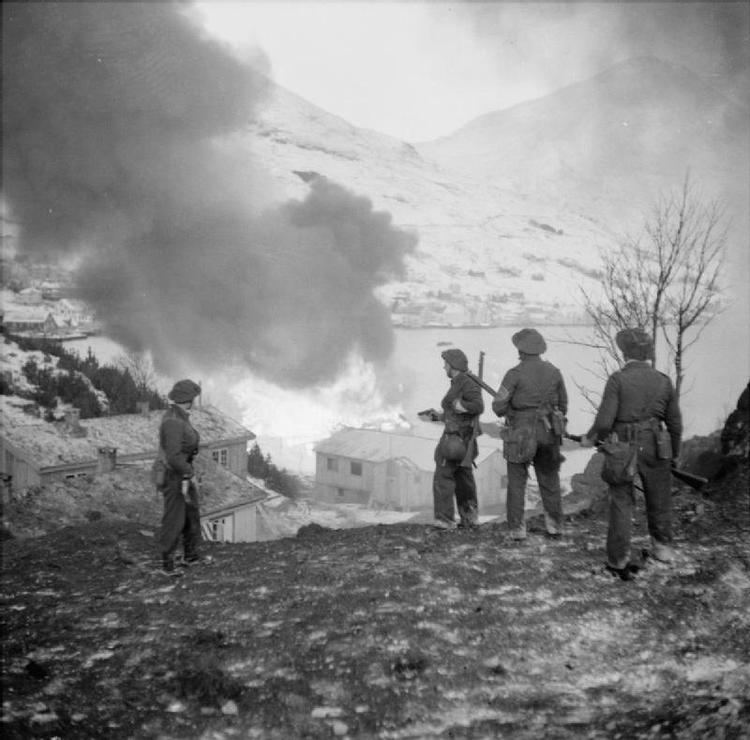An ammunition depot, ammunition supply point (ASP),ammunition handling area (AHA), ammunition dump, is a military storage facility for live ammunition and explosives.
The storage of live ammunition and explosives is inherently hazardous. There is the potential for accidents in the unloading, packing, and transfer of ammunition. Great care is taken in handling weapons so as not to harm personnel or nearby ammunition.
Despite intensive preventive measures, ammunition depots around the world suffer from non-combat fires and explosions. Although this is a rare occurrence, there are devastating consequences when it does happen. Usually, an ammunition depot experiencing even minor explosions in one of its sites/buildings is immediately evacuated together with surrounding civilian areas. Thus, all of the stored ammunition is left to detonate itself completely for days or weeks, with very limited attempts at firefighting from a safe distance. If the ammunitions are artillery shells and other heavy types, the whole depot site affected is typically levelled.
The typical ammo dump will have several of the following elements:
A buffer zone or cleared area of at least several hundred feet (sometimes as much as 1–2 km or 1 mile) surrounding the facility, in the event of an explosion
Perimeter security, such as a fence, to avoid casual access by unauthorized persons
Guards equipped and in numbers relative to the potential threat from enemy forces
Bunkers (sometimes referred to as igloos) (Magazines) where ammunition is stored under lock and key
Blast barriers (Traverses), such as an earth berm or buried pit, to divert the force of the blast (typically upward, but sometimes to the side) in case the ammunition detonates
Safety Distances are calculated between storage sites (magazines) and outside infrastructure to limit damage and set maximum holdings of net explosive content per site.
A loading area (Transit Building or Area) for transferring stored ammunition to and from trucks, ships, railway wagons, etc.
A flooding system in large facilities to put out a fire or prevent an explosion in a magazine.
An Ammunition Repair Facility or workshop will be found in many ammunition facilities. This facility is used for the repair, breakdown, inspection, and manufacture of ammunition held within or brought to the Depot. (M&I - Maintenance and Inspection)
A Destruction Area (Demolition Range) used for the disposal by burning or detonation of defective, surplus, or obsolete ammunition and explosives.
A Missile shop Specialised inspection and repair of Missiles, Pre-assembly of missile type weapons before being sent to the line.
Ammunition dump as a term is more commonly ascribed to sites that store munitions "in the field" for imminent or immediate use. These are often targets for enemy artillery attack or air attack.

